Understanding the Basics of Plumbing
Introduction to Plumbing Systems
Plumbing is an essential aspect of modern living, facilitating the supply of clean water and the safe removal of waste. It encompasses a network of pipes, fittings, fixtures, and other apparatuses designed to convey fluids for various applications. Systems rely broadly on two primary subsystems: fresh water supply and drainage. The integration and interaction of these systems allow for seamless operation in residential, commercial, and industrial contexts. A solid understanding of plumbing is paramount not only for professionals in the field but also for homeowners and property managers seeking to ensure their systems operate efficiently. For those looking to explore plumbing in further detail, plumbing resources can provide valuable insights.
Common Plumbing Terminology
Effective communication in plumbing begins with understanding the prevalent terminology. Terms like “drainage,” which refers to the process of removing excess water or waste, are foundational. Other key phrases include:
- Fixture: A device that is connected to a plumbing system, allowing for the delivery of water and the removal of waste.
- P-Trap: A plumbing fitting designed to trap debris and prevent sewer gases from entering living spaces.
- Backflow: An undesirable reversal of flow in a piping system, often posing health risks due to contamination.
- Pressure Regulator: A device that maintains water pressure at a consistent level within a plumbing system.
Familiarizing oneself with this vocabulary not only enhances understanding but also facilitates clearer discussions with professionals or when engaging in DIY projects.
Overview of Plumbing Components
Plumbing systems comprise various components, each playing a critical role. The primary components include:
- Pipes: The backbone of any plumbing system, essential for transporting water and waste.
- Valves: Devices that control the flow of water, critical for regulating pressure and preventing leaks.
- Faucets: Fixtures for delivering water for consumption and daily activities.
- Water Heaters: Devices that provide hot water for bathing, cleaning, and cooking.
- Drainage and Vent Systems: Networks that remove waste and prevent odors within the home.
Each part must function optimally to ensure the overall efficiency of a plumbing system, highlighting the importance of regular maintenance and inspections.
Essential Plumbing Tools and Equipment
Must-Have Tools for Every Plumber
Whether you’re a seasoned professional or a homeowner attempting DIY repairs, having the right tools is crucial. Essential tools include:
- Tape Measure: For accurate measurements of pipes and fixtures.
- Pipe Wrench: Designed for gripping and turning pipes during installation or removal.
- Plumber’s Snake: A tool for clearing clogs in drains and pipes.
- Adjustable Wrench: Useful for a variety of fitting sizes and types.
- Plumbing Auger: A more advanced tool for tough clogs.
Equipped with these tools, individuals can tackle a myriad of plumbing issues effectively.
Safety Equipment and Best Practices
Safety should always be a priority when dealing with plumbing tasks. Using personal protective equipment (PPE) can minimize risks associated with plumbing work. Necessary safety gear includes:
- Gloves: Protect the hands from sharp tools and hazardous substances.
- Safety Glasses: Shield the eyes from splashes and flying debris.
- Work Boots: Provide protection and stability during plumbing tasks.
- Face Masks: Especially vital when working with chemicals or in confined spaces.
In addition to wearing appropriate gear, being mindful of your workspace, using tools properly, and following safety protocols are paramount for any plumbing-related work.
Innovative Tools in Modern Plumbing
Advancements in plumbing technology have led to the emergence of innovative tools designed to streamline processes and improve outcomes. Some notable advancements include:
- Video Inspection Equipment: Allows plumbers to assess the interior of pipes without invasive methods, identifying problems like blockages or cracks.
- Pipe Locators: Help in identifying the exact location and depth of underground piping.
- Thermal Imaging Cameras: Useful for detecting leaks and insulation issues without intrusive measures.
- Smart Plumbing Devices: Such as leak detectors that alert homeowners of potential issues before they become significant problems.
Such cutting-edge tools empower plumbers and homeowners alike to achieve more effective and efficient plumbing maintenance and installation.
Common Plumbing Issues and Solutions
Identifying Leaks and How to Fix Them
Leaks are a common issue faced by homeowners, often leading to water wastage and increased utility bills. Identifying a leak early can save time and money. Common signs of leaks include:
- Unexplained increases in water bills.
- Water stains on walls, ceilings, or floors.
- Unusual dampness in areas that should be dry.
To fix minor leaks, one may use plumbing tape, sealants, or even replace washers in faucets. More severe leaks may require professional assessment and repair.
Clogged Drains: Causes and Remedies
Clogged drains can be an inconvenient issue in any plumbing system. Common causes include:
- Accumulation of hair and soap residue.
- Food particles in kitchen sinks.
- Foreign objects lodged in pipes.
To remedy clogged drains, natural solutions such as boiling water, vinegar, and baking soda can be effective. For stubborn clogs, a plumber’s snake or auger may be required, and if the problem persists, professional assistance should be sought.
Water Heater Problems and Solutions
Water heaters are critical components of plumbing systems because they provide hot water for essential activities. Common water heater problems include:
- Insufficient hot water supply.
- Strange noises coming from the heater.
- Leakage around the water heater.
Addressing these issues often begins with consulting the manufacturer’s troubleshooting guide. In cases of complex problems, contacting a professional can ensure safety and compliance with local regulations.
Best Practices for Plumbing Maintenance
Routine Inspections and Troubleshooting
Routine inspections are crucial for proactive plumbing maintenance. Homeowners can take charge by periodically examining:
- The visible pipes for signs of rust or corrosion.
- Faucets and fixtures for leaks or drips.
- Water pressure levels throughout the home.
Taking a few moments to address minor issues can prevent major failures in the future.
Preventative Measures for Plumbing Systems
Implementing preventative measures greatly extends the life span of a plumbing system. Key practices include:
- Insulating pipes in colder climates to prevent freezing and bursting.
- Using strainers in sink and bathtub drains to catch debris.
- Regularly flushing the water heater to prevent sediment buildup.
- Having a professional inspection at least once a year to catch issues early.
Such maintenance practices can help avoid costly repairs and maintain system efficiency.
When to Call a Professional Plumber
While many plumbing tasks can be managed independently, certain situations warrant professional intervention. Key indicators include:
- Persistent leaks that continue after attempting repairs.
- Complex installations or replacements, such as water heaters.
- Issues related to sewer lines or significant blockages in the drainage system.
Effectively recognizing when to enlist expert help can ensure safety and long-term functionality of plumbing systems.
Advanced Plumbing Techniques for Professionals
Pipe Installation and Repair Techniques
Professionals utilize various techniques for installing and repairing pipes to ensure durability and compliance with codes. Notable methods include:
- Using proper fittings for different piping materials to ensure a secure connection.
- Employing soldering or crimping techniques for metal pipes.
- Utilizing expansion and contraction allowances in piping to accommodate temperature changes.
Understanding these techniques enhances the reliability of plumbing installations.
Upgrading Plumbing Systems for Efficiency
Upgrading existing plumbing systems can significantly improve efficiency and water conservation. Key upgrades include:
- Installing low-flow fixtures to reduce water usage.
- Replacing old, inefficient water heaters with tankless models for on-demand hot water.
- Adopting graywater systems to reuse water for irrigation purposes.
These improvements not only help the environment but also reduce utility costs in the long term.
Gaining Expertise in Plumbing Codes and Regulations
Professionals must stay informed about local plumbing codes and regulations, as these govern installations and repairs. Understanding codes ensures:
- Compliance with safety standards.
- Minimization of risks associated with inadequate installations.
- Protection against future liabilities.
Continuous education and familiarity with changes in regulations are essential for plumbing professionals looking to maintain high-quality standards.

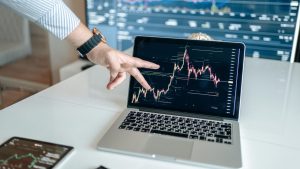


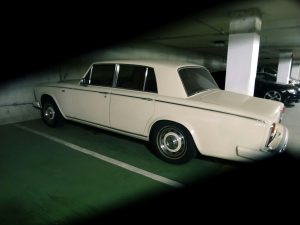
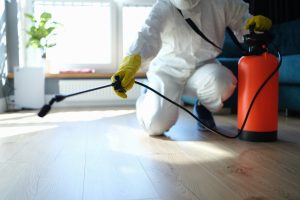
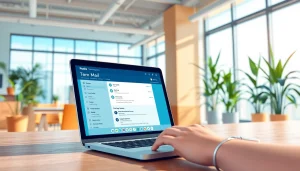
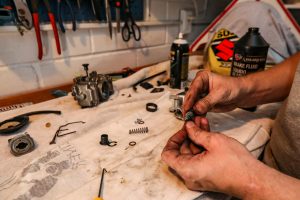
![Carpet Cleaning Dubai: Trusted Carpet Cleaning Dubai Company Since [Year]](https://ratelcrypto.com/wp-content/uploads/2025/10/how-to-clean-a-carpet-at-home-675c497f70d67-300x200.jpg)
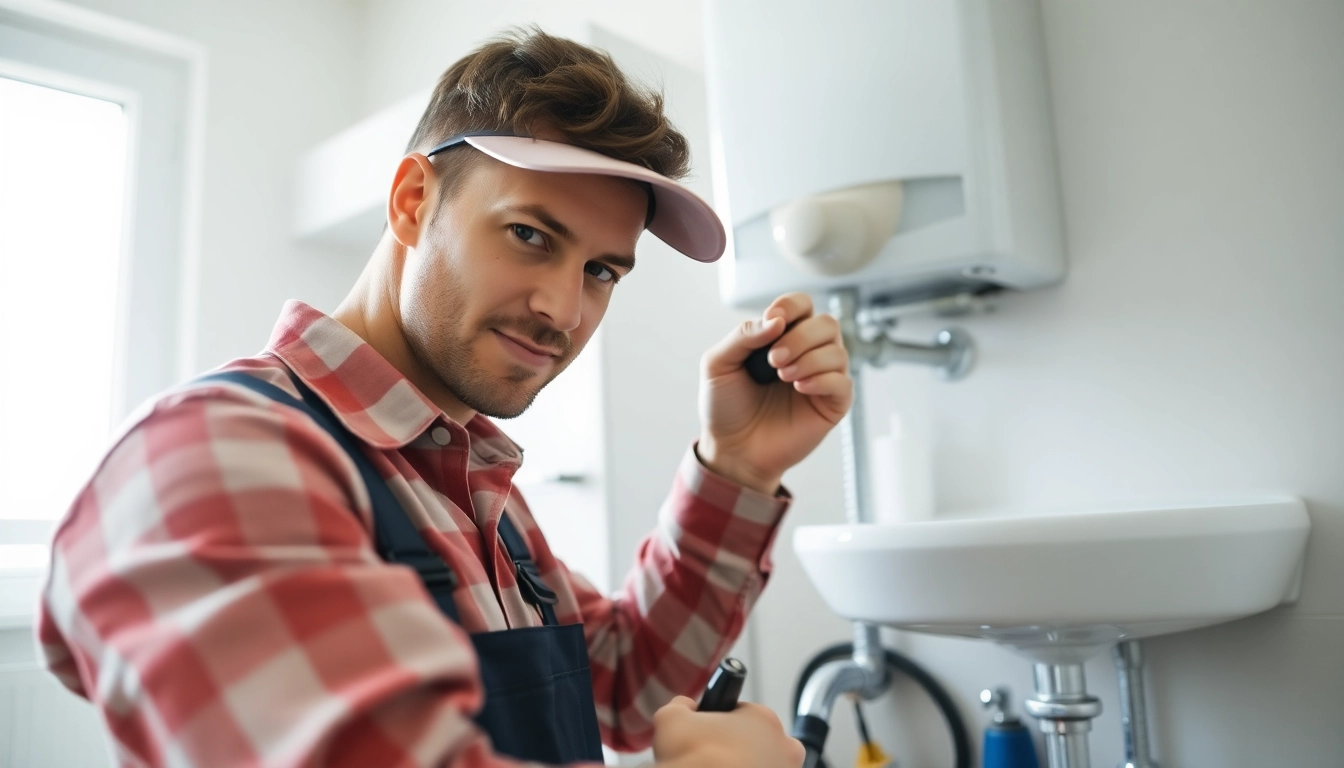
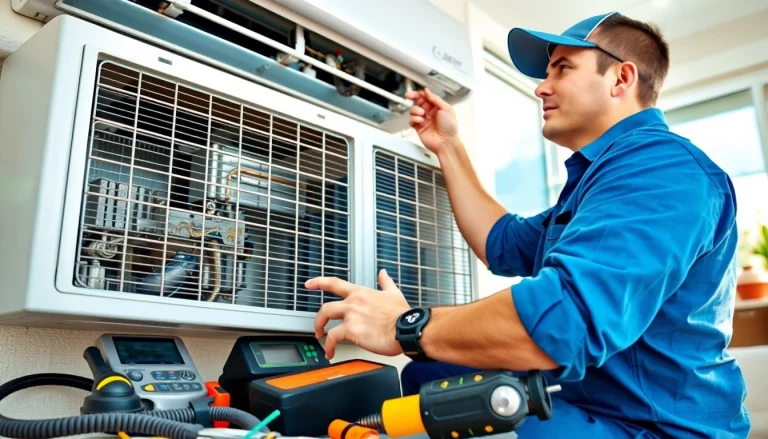

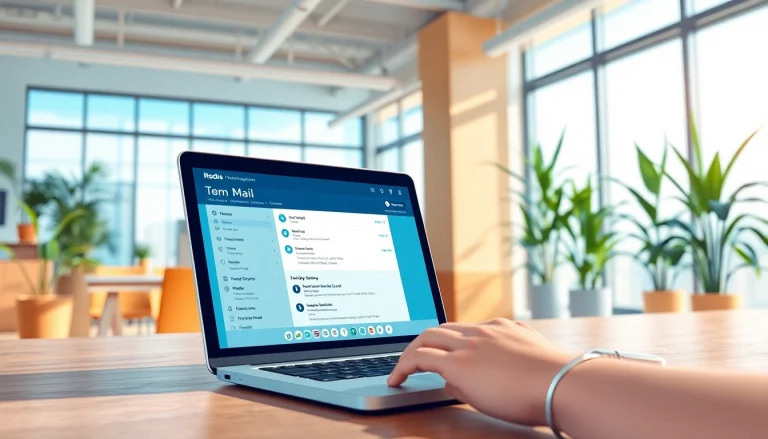

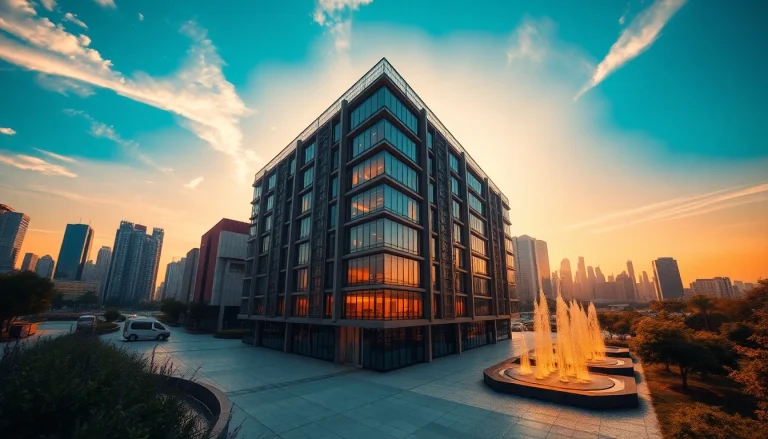
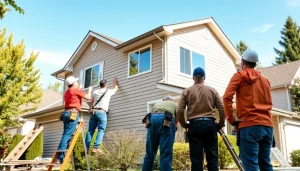


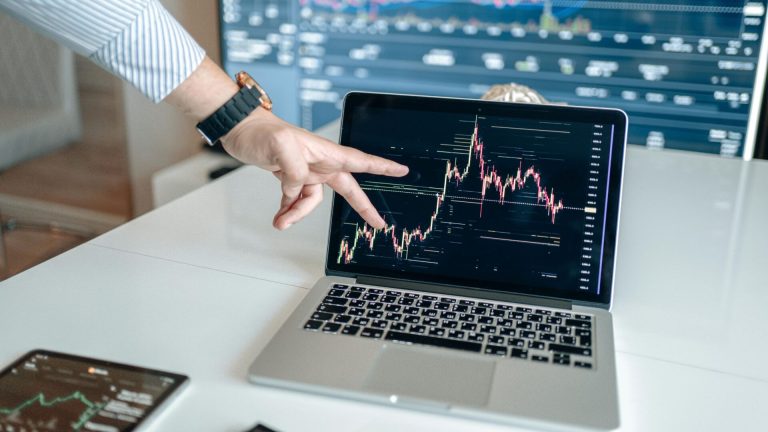


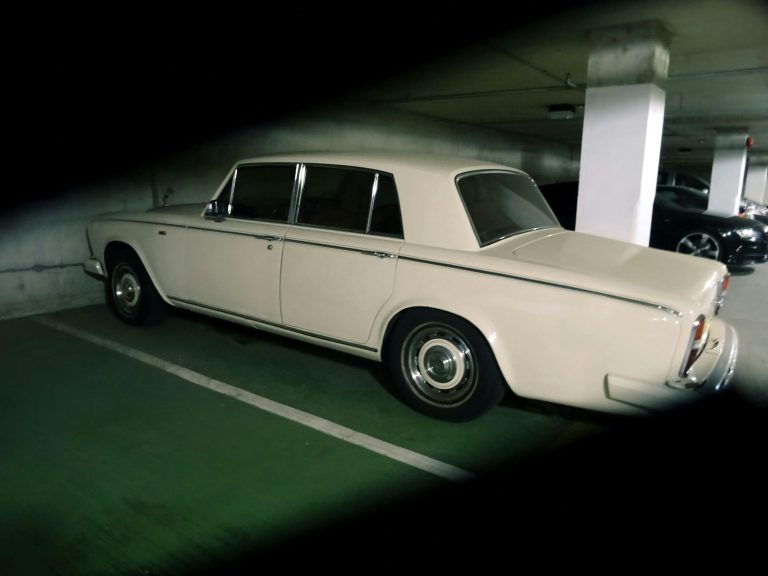
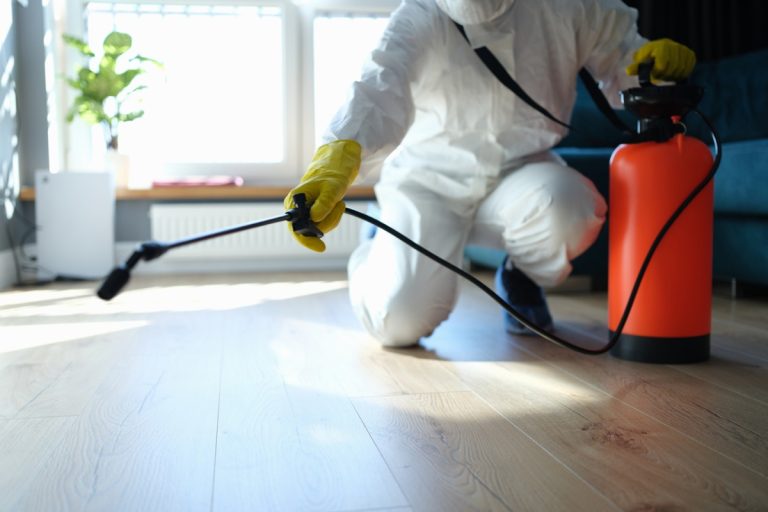
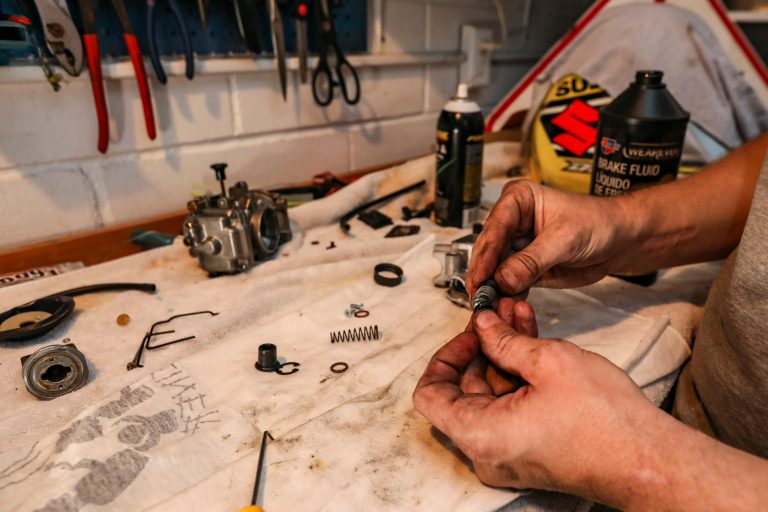
+ There are no comments
Add yours